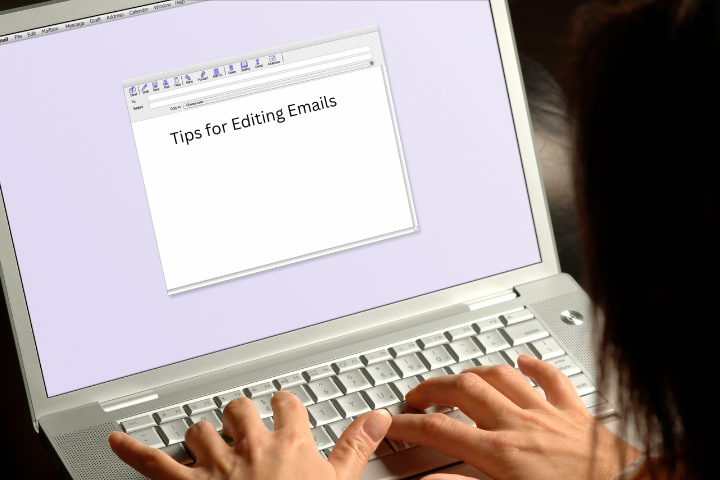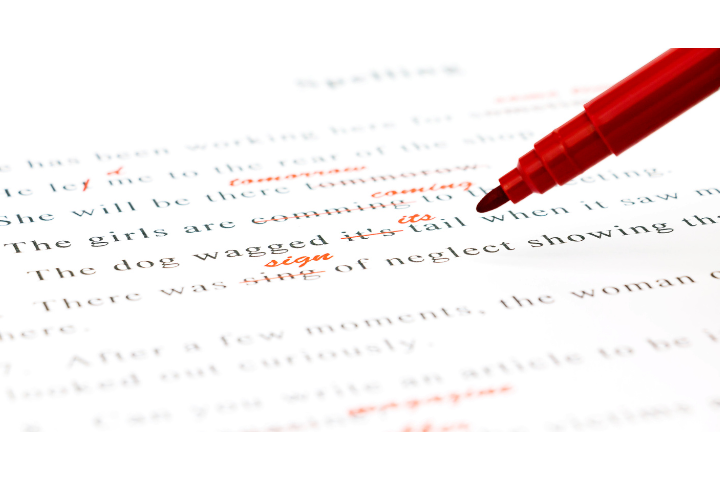
Many people believe that plain language equals simplifying the language to a very low level. This is untrue. Plain language means using language and formatting that allows the reader to get the message after one read because the document is clear, concise, and specific.
To achieve a plain language document, use the following strategies:
• Avoid bulk phrases and long openings.
Choose: Thank you for your proposal.
Avoid: I am writing this letter to acknowledge receipt of your proposal.
• Control your sentence length to avoid rambling and run-on sentences. The guideline for sentence length is two lines maximum.
• Keep paragraphs from getting long and scary. A big block of black text is a definite turn off for the reader. An effective paragraph is shorter than seven lines.
• Choose short, familiar words instead of bureaucratic jargon.
Stay away from words like strategize, implementation, and viable. Use instead more accessible options like plan, start, and possible.
• Use bullets and headings to create more white space and an attractive format.
Make your headings informative. Create them using a focus and a detail or action item. For bullets, try to keep your list at six items. If the list is longer than six items, write more than one list. The longer the list, the less chance the reader will get to the end of it.
• Write in the active voice as much as possible.
Passive voice: The proposal will be edited by Jana
Active voice: Jana will edit the proposal.
Use these strategies along with proper grammar and correct spelling. Always give yourself time to edit your documents for plain language, grammar, spelling, and format. You will then write documents that your readers will want to read in a style that is professional and polished.








